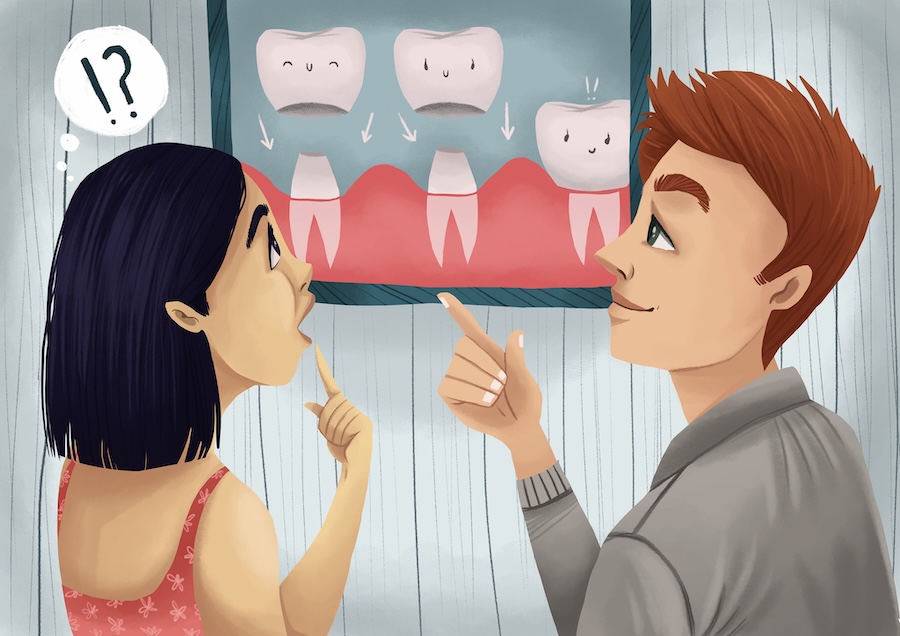
Are There Downsides to Dental Crowns?
February 14, 2025 9:00 amDental crowns are a reliable way to restore damaged or weakened teeth. They provide strength, protection, and an improved appearance. However, like any dental treatment, crowns have potential downsides. Understanding these factors can help you make the best decision for your oral health.
1. Tooth Sensitivity
After getting a dental crown, some patients experience temporary sensitivity to hot, cold, or pressure. This usually happens if the underlying tooth’s nerve is irritated during the procedure. Using sensitivity toothpaste can help, but if discomfort persists past a few weeks, your dentist may need to adjust the crown.
2. Risk of Decay Under the Crown
A crown doesn’t make a tooth cavity-proof. If bacteria sneak under the edge of the crown, decay can still develop. Maintaining good oral hygiene is crucial to keeping the crowned tooth healthy. Regular brushing, flossing, and dental checkups help prevent problems.
3. Tooth Preparation is Permanent
To place a crown, your dentist must remove some of the natural tooth structure. This is permanent, meaning you’ll always need a crown to protect the tooth. While necessary for long-term function, some patients prefer more conservative options, like inlays or onlays.
4. Allergic Reactions (Rare but Possible)
While uncommon, some people may have allergic reactions to certain metals used in crowns. If you have a metal allergy or sensitivity, discuss ceramic or zirconia crown options with your dentist. These materials provide a metal-free alternative that looks natural and works well for most patients.
5. Cost Considerations
Dental crowns are an investment in your oral health, but they can be costly, especially if insurance coverage is limited. While they last for many years, replacements may be needed down the line. Some patients opt for alternative treatments, such as large fillings or inlays, depending on the situation. Your dentist can help you weigh the cost vs. benefits based on your dental needs.
6. Getting a Crown Takes More Than One Visit
Unlike fillings, which can be completed in one appointment, traditional dental crowns require at least two visits. During the first visit, the dentist prepares the tooth, takes impressions, and places a temporary crown. The final crown is custom-made in a dental lab to ensure a precise fit and natural look. At the second visit, the permanent crown is placed and adjusted for comfort. While this process takes a little extra time, it ensures a high-quality, long-lasting restoration.
Dental Crowns in Granbury, TX at Granbury Park Dental
While dental crowns have a few possible downsides, they remain one of the best ways to restore and protect teeth. At Granbury Park Dental in Granbury, TX, Dr. Paul Froude provides high-quality, custom crowns designed for comfort and durability.
If you’re considering a crown or experiencing issues with an existing one, schedule an appointment today to discuss your options!
Image from Authority Dental under CC 2.0
Categorised in: Dental Crowns

